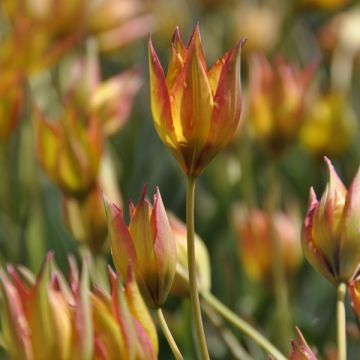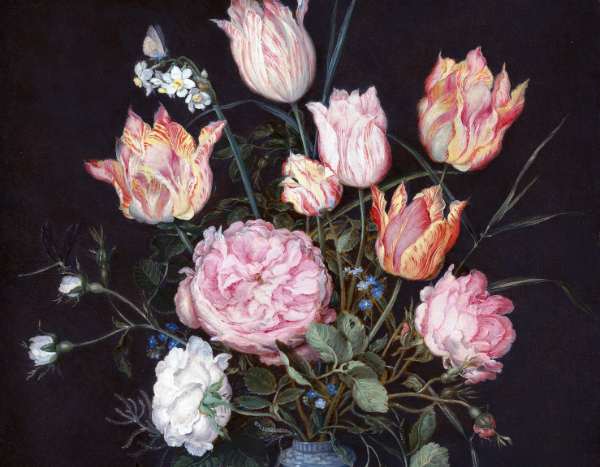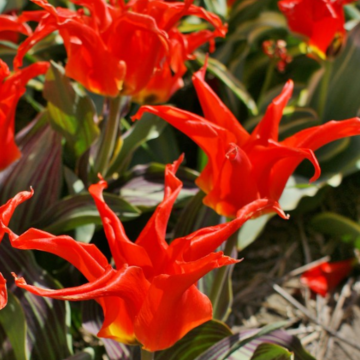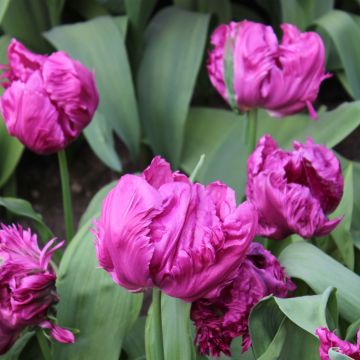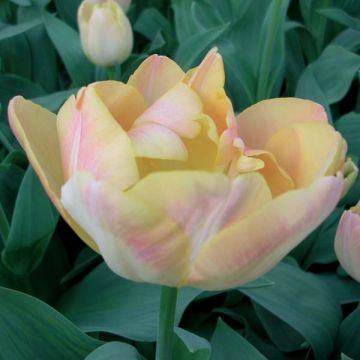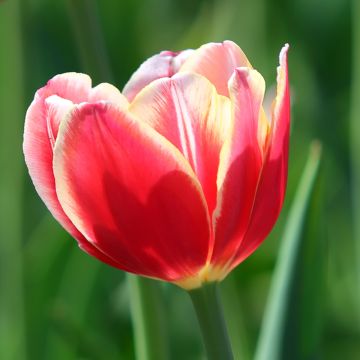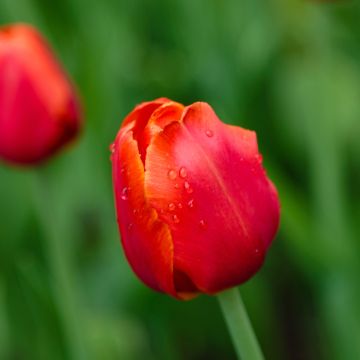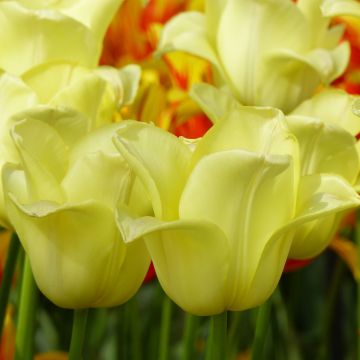

Tulipe botanique batalinii Red Gem
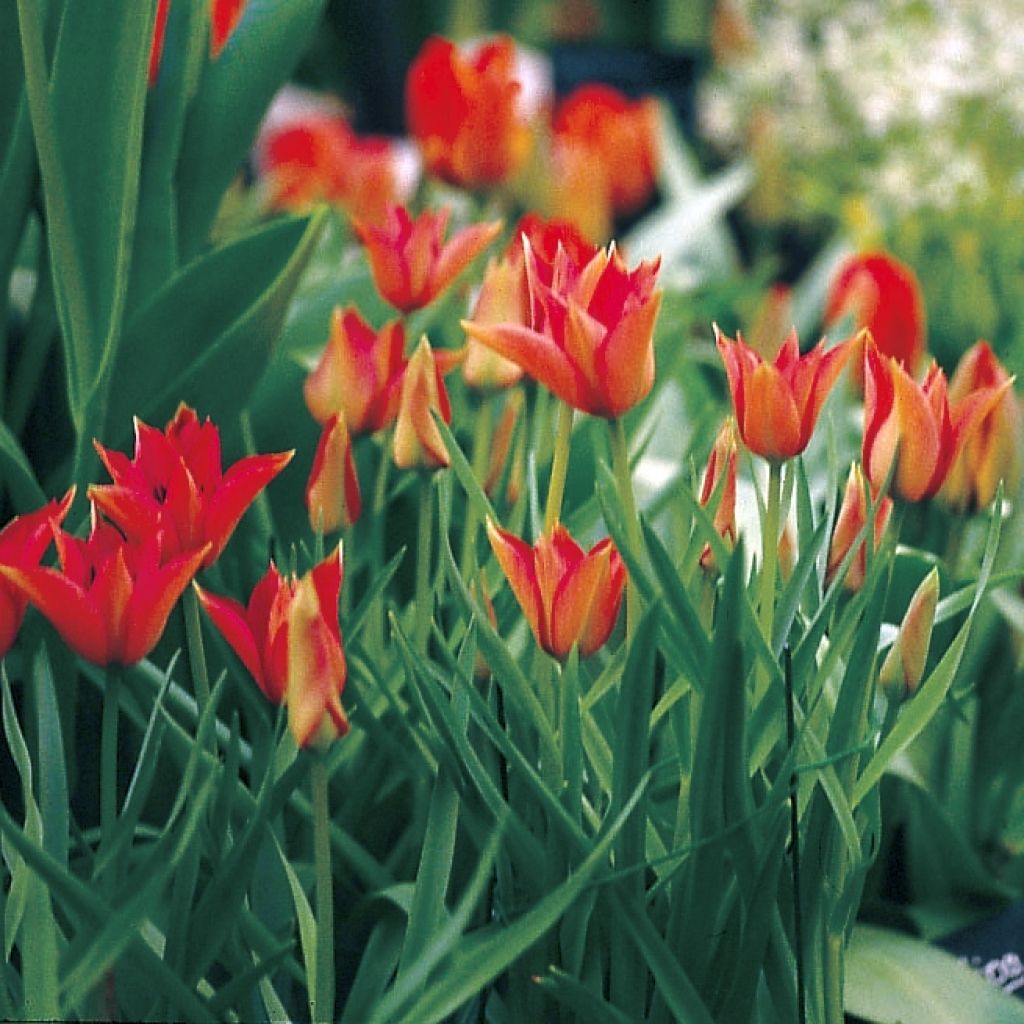

Tulipe botanique batalinii Red Gem
Tulipa batalinii 'Red Gem'
Tulipa batalinii Red Gem
Special offer!
Receive a €20 voucher for any order over €90 (excluding delivery costs, credit notes, and plastic-free options)!
1- Add your favorite plants to your cart.
2- Once you have reached €90, confirm your order (you can even choose the delivery date!).
3- As soon as your order is shipped, you will receive an email containing your voucher code, valid for 3 months (90 days).
Your voucher is unique and can only be used once, for any order with a minimum value of €20, excluding delivery costs.
Can be combined with other current offers, non-divisible and non-refundable.
Home or relay delivery (depending on size and destination)
Schedule delivery date,
and select date in basket
This plant carries a 6 months recovery warranty
More information
We guarantee the quality of our plants for a full growing cycle, and will replace at our expense any plant that fails to recover under normal climatic and planting conditions.

Would this plant suit my garden?
Set up your Plantfit profile →
Description
Tulipa batalinii 'Red Gem', very close to a prolific botanical species, is a highly colourful, faithful and easy to naturalise variety in the garden. It is characterized by a relatively late spring flowering, with a bright vermilion red that opens widely under the sun to reveal a small black and grey core. From its Uzbek and mountainous origins, it has retained a stout habit and a clear preference for well-drained, fresh soils in spring and dry soils in summer.
Tulipa batalinii is a perennial bulbous plant belonging to the lily family, which corresponds to the ancient Turkish ideal of a pointed corolla. Its origins are lost in the mountains of Central Asia. It is related to Tulipa linifolia, of which it would be a depigmented form, and to Tulipa maximowiczii, which closely resembles the latter. It is a distinctly stoloniferous tulip that spreads through the production of numerous bulbils in large carpets over time.
This 'Red Gem' form, which is commonly associated with the botanical species, is a cultivated form of Tulipa batalinii. This small tulip, 15 to 20cm (6 to 8in) tall, blooms relatively late, in April-May, and can spread over a month. Its flower bud opens into a 5 to 6cm (2in) diameter corolla composed of 6 bright, oval, pointed tepals. It closes in the evening and in grey weather. The flowers, carried on top of a short but sturdy stem, emit a light fragrance. The deciduous foliage consists of 4 or 5 narrow, slightly twisted, greyish green leaves.
Botanical tulips do not degenerate over time like large-flowered tulips. They naturalize and can remain in place for several years without special maintenance, thriving in borders and rockeries. This Tulipa batalinii 'Red Gem' can also be planted in a lightly mowed and not too trampled short grass meadow, provided that the competition is not too strong initially, to help it establish. To create colourful scenes, they can be combined with various small bulbous plants: Crocus, Anemone blanda, Muscaris, Puschkinia, Cyclamen coum, etc. These tulips are unrivalled for bringing the colours of spring to pots or sunny gardens.
Tulip species are found from Western Europe to China and Japan, passing through Eastern Europe, Asia Minor and Central Asia. Their distribution range also includes North Africa and the Indian subcontinent. The centre of diversity of the Tulipa genus is located in the Pamir and Hindu Kush mountains and in the steppes of Kazakhstan.
Plant habit
Flowering
Foliage
Botanical data
Tulipa
batalinii
Red Gem
Liliaceae
Cultivar or hybrid
Other Botanical Tulips
View all →Planting and care
Plant your batalinii 'Red Gem' tulips as soon as possible in a well-drained soil. Loosen the soil deeply, incorporate coarse sand or gravel into the planting soil if necessary. Plant at a depth of 8cm (3in) (Bulbs should be covered with twice their height in soil). Space the bulbs a few centimetres apart, making sure they do not touch. Choose a sunny location, at least until May, for better flowering. Botanical tulips go dormant in the summer in a dry soil, even shaded by deciduous trees or bushes. After flowering, cut the flower stalks and let the leaves dry completely before cutting them.
Tip for Flowering Carpets:
You can create beautiful flowered spaces around the house, in flowerbeds, around trees, or in wild areas. It is an economical and sustainable solution, provided that a few principles are respected:
1) It is a planting to be left in place.
2) Choose the varieties carefully according to the situation.
3) A period of rest is essential after flowering for the bulbs to regenerate. Let the foliage turn yellow and dry before cutting it.
4) Organic fertilizer should be spread once a year in autumn.
Planting period
Intended location
Care
Planting & care advice
This item has not been reviewed yet - be the first to leave a review about it.
Similar products
Haven't found what you were looking for?
Hardiness is the lowest winter temperature a plant can endure without suffering serious damage or even dying. However, hardiness is affected by location (a sheltered area, such as a patio), protection (winter cover) and soil type (hardiness is improved by well-drained soil).

Photo Sharing Terms & Conditions
In order to encourage gardeners to interact and share their experiences, Promesse de fleurs offers various media enabling content to be uploaded onto its Site - in particular via the ‘Photo sharing’ module.
The User agrees to refrain from:
- Posting any content that is illegal, prejudicial, insulting, racist, inciteful to hatred, revisionist, contrary to public decency, that infringes on privacy or on the privacy rights of third parties, in particular the publicity rights of persons and goods, intellectual property rights, or the right to privacy.
- Submitting content on behalf of a third party;
- Impersonate the identity of a third party and/or publish any personal information about a third party;
In general, the User undertakes to refrain from any unethical behaviour.
All Content (in particular text, comments, files, images, photos, videos, creative works, etc.), which may be subject to property or intellectual property rights, image or other private rights, shall remain the property of the User, subject to the limited rights granted by the terms of the licence granted by Promesse de fleurs as stated below. Users are at liberty to publish or not to publish such Content on the Site, notably via the ‘Photo Sharing’ facility, and accept that this Content shall be made public and freely accessible, notably on the Internet.
Users further acknowledge, undertake to have ,and guarantee that they hold all necessary rights and permissions to publish such material on the Site, in particular with regard to the legislation in force pertaining to any privacy, property, intellectual property, image, or contractual rights, or rights of any other nature. By publishing such Content on the Site, Users acknowledge accepting full liability as publishers of the Content within the meaning of the law, and grant Promesse de fleurs, free of charge, an inclusive, worldwide licence for the said Content for the entire duration of its publication, including all reproduction, representation, up/downloading, displaying, performing, transmission, and storage rights.
Users also grant permission for their name to be linked to the Content and accept that this link may not always be made available.
By engaging in posting material, Users consent to their Content becoming automatically accessible on the Internet, in particular on other sites and/or blogs and/or web pages of the Promesse de fleurs site, including in particular social pages and the Promesse de fleurs catalogue.
Users may secure the removal of entrusted content free of charge by issuing a simple request via our contact form.
The flowering period indicated on our website applies to countries and regions located in USDA zone 8 (France, the United Kingdom, Ireland, the Netherlands, etc.)
It will vary according to where you live:
- In zones 9 to 10 (Italy, Spain, Greece, etc.), flowering will occur about 2 to 4 weeks earlier.
- In zones 6 to 7 (Germany, Poland, Slovenia, and lower mountainous regions), flowering will be delayed by 2 to 3 weeks.
- In zone 5 (Central Europe, Scandinavia), blooming will be delayed by 3 to 5 weeks.
In temperate climates, pruning of spring-flowering shrubs (forsythia, spireas, etc.) should be done just after flowering.
Pruning of summer-flowering shrubs (Indian Lilac, Perovskia, etc.) can be done in winter or spring.
In cold regions as well as with frost-sensitive plants, avoid pruning too early when severe frosts may still occur.
The planting period indicated on our website applies to countries and regions located in USDA zone 8 (France, United Kingdom, Ireland, Netherlands).
It will vary according to where you live:
- In Mediterranean zones (Marseille, Madrid, Milan, etc.), autumn and winter are the best planting periods.
- In continental zones (Strasbourg, Munich, Vienna, etc.), delay planting by 2 to 3 weeks in spring and bring it forward by 2 to 4 weeks in autumn.
- In mountainous regions (the Alps, Pyrenees, Carpathians, etc.), it is best to plant in late spring (May-June) or late summer (August-September).
The harvesting period indicated on our website applies to countries and regions in USDA zone 8 (France, England, Ireland, the Netherlands).
In colder areas (Scandinavia, Poland, Austria...) fruit and vegetable harvests are likely to be delayed by 3-4 weeks.
In warmer areas (Italy, Spain, Greece, etc.), harvesting will probably take place earlier, depending on weather conditions.
The sowing periods indicated on our website apply to countries and regions within USDA Zone 8 (France, UK, Ireland, Netherlands).
In colder areas (Scandinavia, Poland, Austria...), delay any outdoor sowing by 3-4 weeks, or sow under glass.
In warmer climes (Italy, Spain, Greece, etc.), bring outdoor sowing forward by a few weeks.































